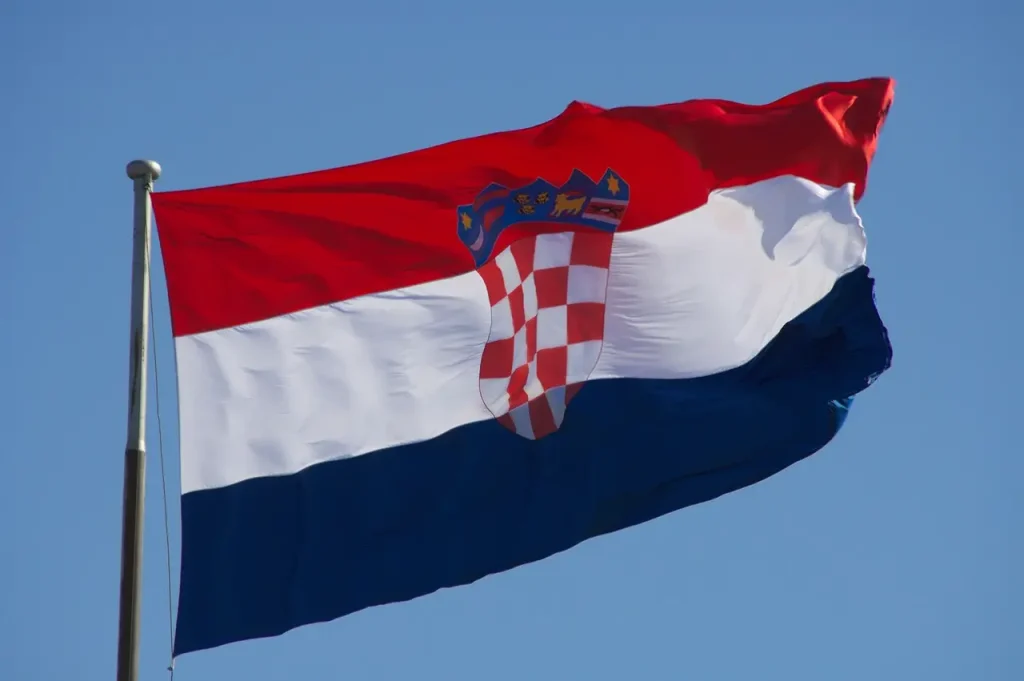In Croatia, complaining about the politicians and the political system is a national sport, but what do folks know about the Croatian political system? Do they know what they are complaining about? Let’s find out!
Croatia is a parliamentary republic, which means that the prime minister (predsjednik vlade/premijer) and the government (vlada) is elected by the parliament, which is elected by the people. The role of the president (predsjednik države) is largely ceremonial. However, the president is the Supreme Commander (vrhovni zapovjednik) of the Croatian Army (HV). Moreover, the president has the power to dissolve the parliament.
The Sabor is the national parliament. It has 151 seats, eight of which are reserved for the national minorities and three for the diaspora. Three of the national minority seats are reserved for the Serb minority. The members of parliament (saborski zastupnici) are elected in 10 electoral districts. If a political party gets at least 4% of the votes in one of the electoral districts, it enters the Sabor. This means that a political party can receive less than 4% nationally and still win representation in the parliament.
Croatia is divided into 21 counties, or županije. Each županija is led by a county prefect, or župan, who is elected by the people. The regional parliament, županijska skupština, is also elected by the people. The City of Zagreb (Grad Zagreb) enjoys a special status, and is both a county and a city (grad).
Croatia has 127 cities (gradovi) and 428 municipalities (općine). Each city, grad is led by a mayor (gradonačelnik) and each municipality, općina by a municipal mayor (općinski načelnik). All city and municipal mayors are elected directly by popular vote, just like the president and the county governors. Each city and municipality has an elected council (gradsko/općinsko vijeće). The City of Zagreb, which is both a city and a county, has a city assembly (gradska skupština).
Each city and municipality is divided into districts (mjesni odbori). In Croatia, city and municipality district councils are elected by popular vote. They are elected by the residents of the city district (gradska četvrt). Just like other elections, city and municipality district council elections take place every four years.
Get it, now?
For more, make sure to check out our dedicated politics section.









